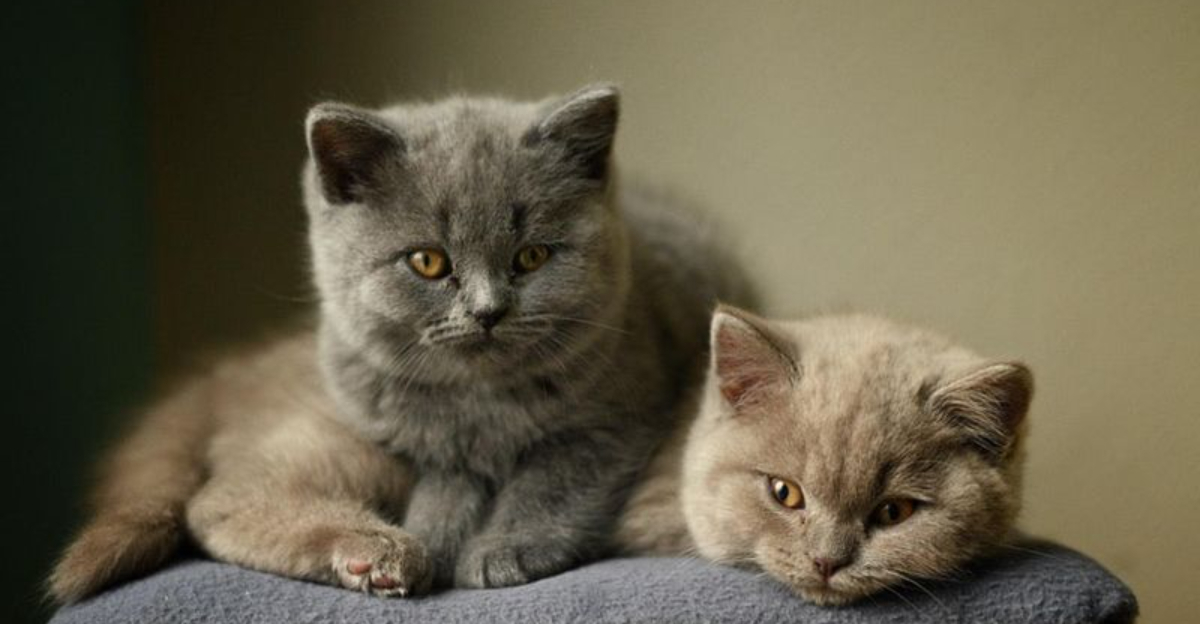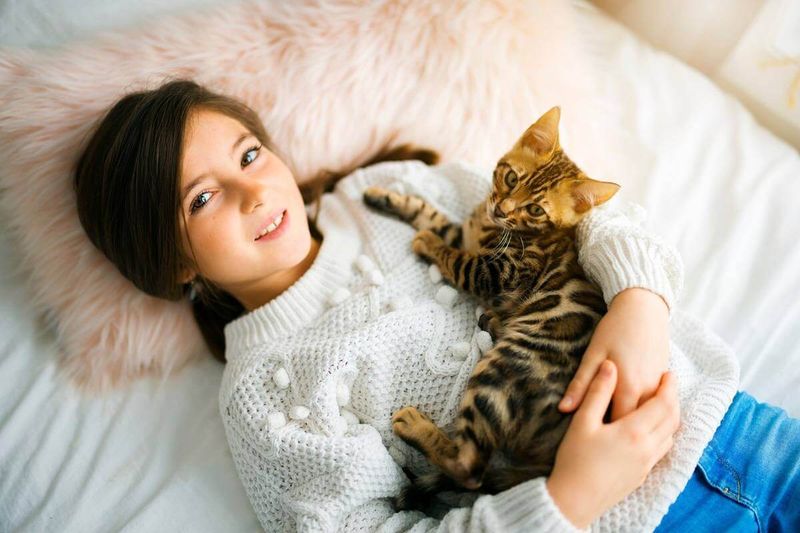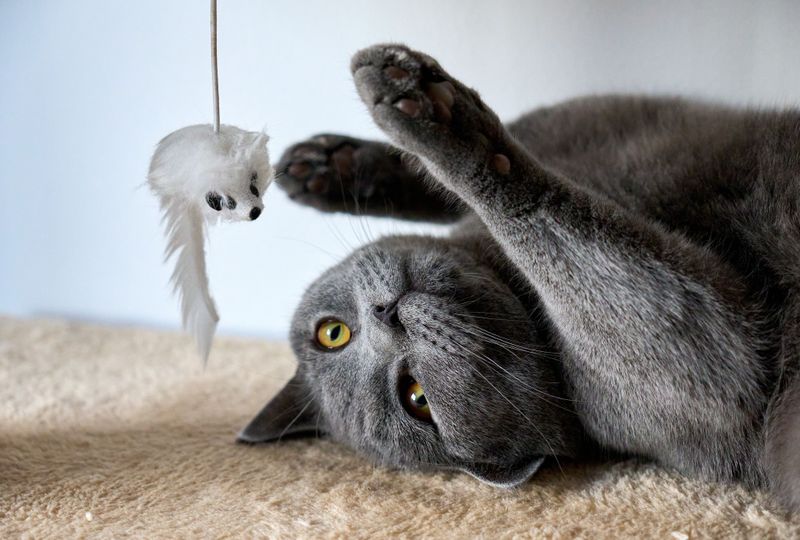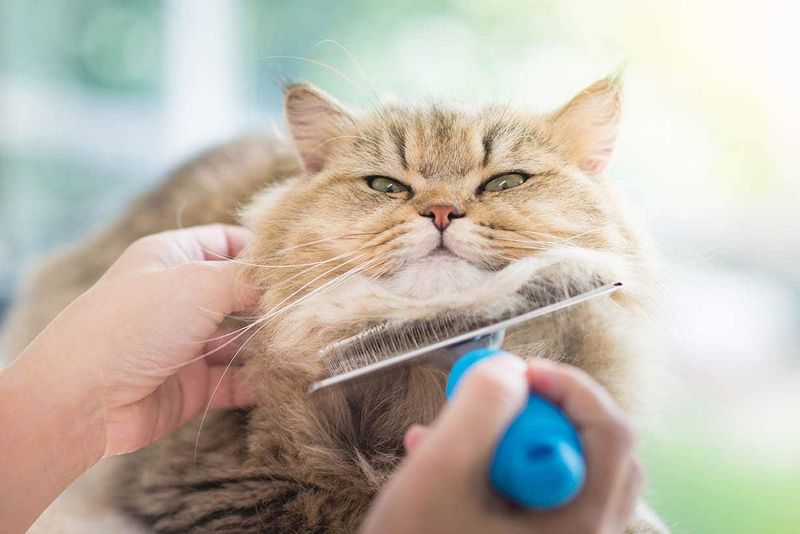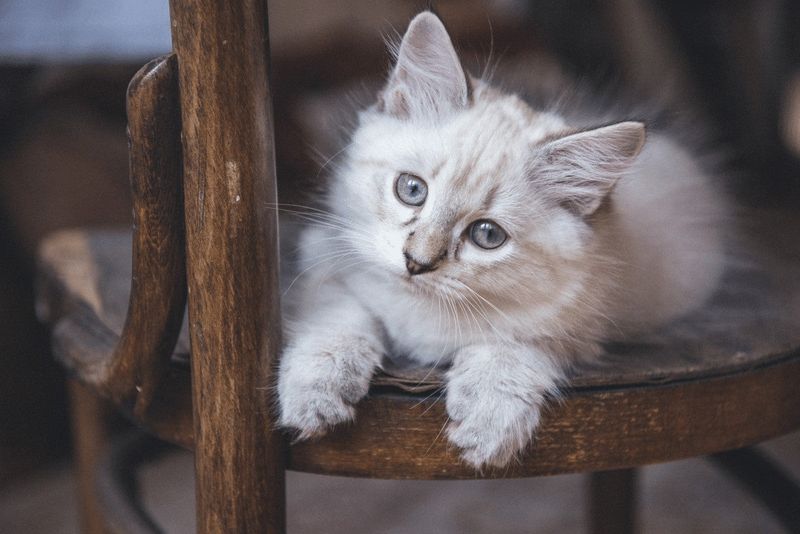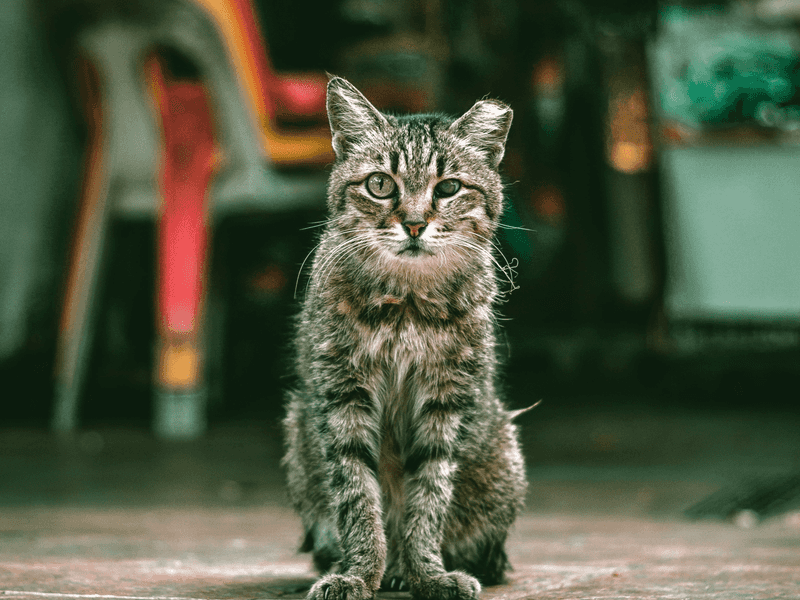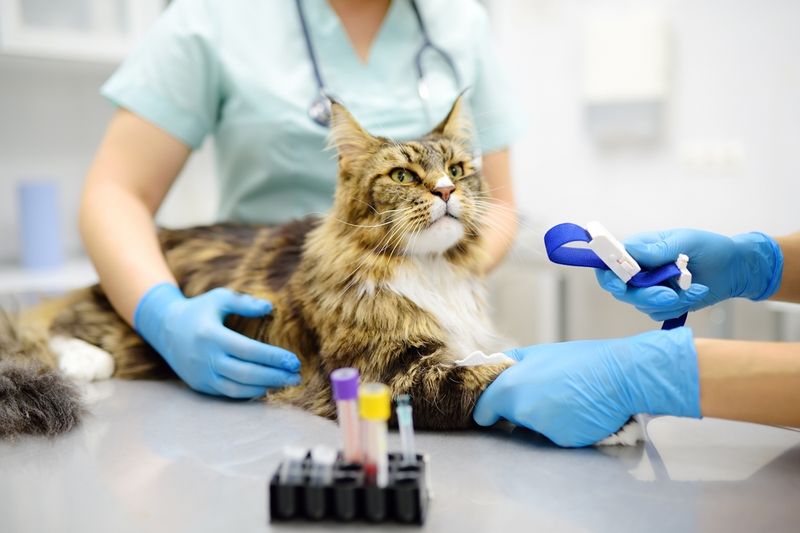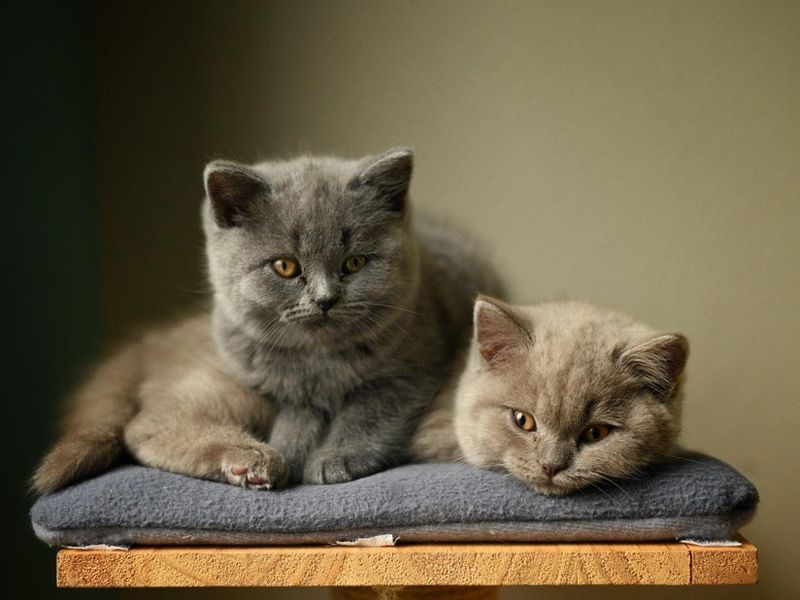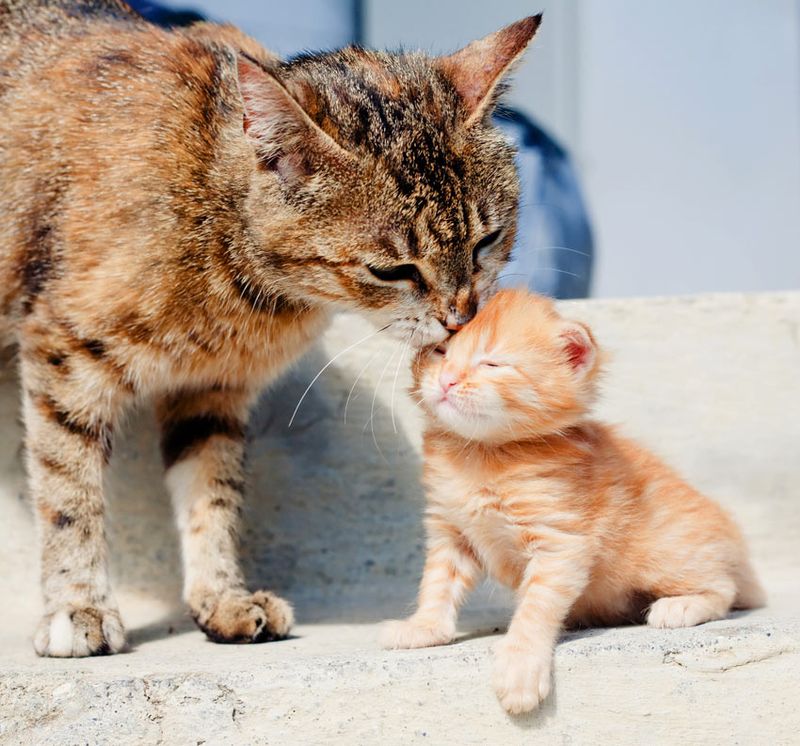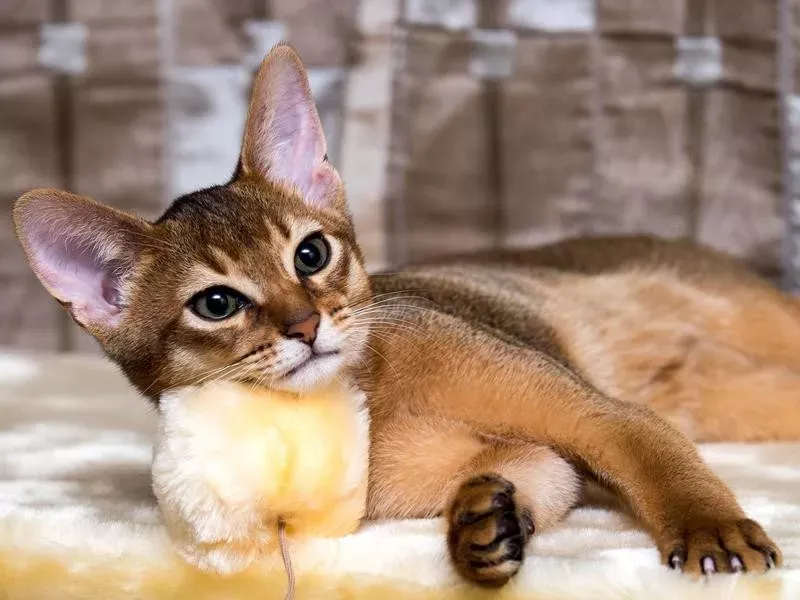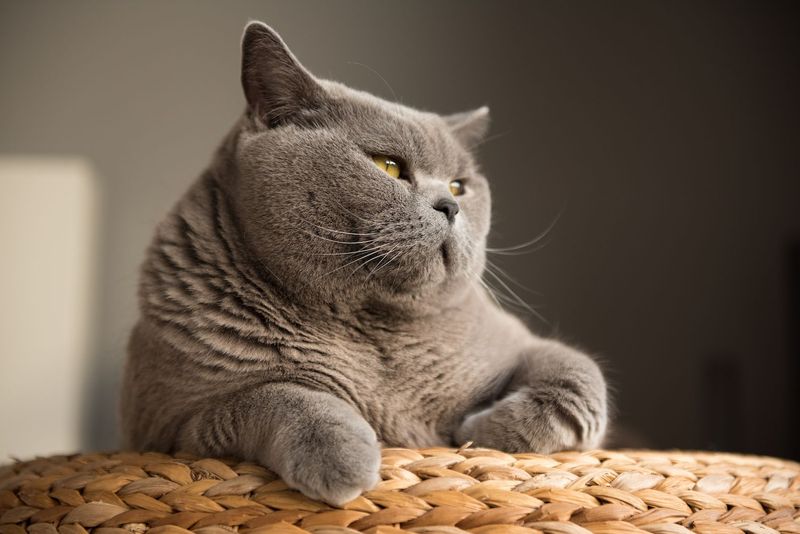📖 Table of Content:
- 1. Consider Your Family’s Activity Level
- 2. Evaluate Your Living Space
- 3. Think About Grooming Commitments
- 4. Assess Allergy Concerns
- 5. Factor in Longevity and Commitment
- 6. Research Breed-Specific Health Issues
- 7. Examine Noise Tolerance (Yours and Theirs)
- 8. Consider Other Pets in Your Home
- 9. Analyze Your Schedule and Availability
- 10. Review Kitten vs. Adult Cat Benefits
- 11. Prepare for Training Requirements
- 12. Talk to Current Cat Owners
- 13. Plan for Financial Responsibility
Choosing the right cat for a home involves more than simply falling for the most adorable kitten. Every cat comes with its own personality traits, energy levels, and care requirements. These factors can greatly influence how well a cat adapts to a new household.
Matching a cat’s temperament with the home environment is essential for long-term compatibility. Some breeds are sociable and playful, while others are more independent and reserved. An unsuitable match can lead to stress—for both the cat and the people.
Living space, family dynamics, and daily routines should all be considered before bringing a cat home. The presence of children, other pets, or frequent visitors may affect the type of cat that fits best. A well-chosen companion brings balance, comfort, and lasting joy to everyday life.
1. Consider Your Family’s Activity Level
Active households with playful children might thrive with energetic breeds like Abyssinians or Bengals. These cats love interaction and can keep up with busy families.
Quieter homes with older adults might prefer laid-back breeds such as Ragdolls or British Shorthairs. These gentle companions enjoy peaceful environments and moderate playtime.
Match your cat’s energy to your family’s typical day. A mismatch—like a high-energy cat in a calm household—can lead to behavioral problems or a pet that feels stressed and overlooked.
2. Evaluate Your Living Space
Studio apartment dwellers should look at space-efficient cats like Russian Blues or Japanese Bobtails. These adaptable felines don’t need enormous territories to feel content and secure.
Families with larger homes might enjoy Maine Coons or Norwegian Forest Cats. These magnificent breeds appreciate room to explore and climb.
Remember that vertical space counts too! Even small homes can be cat-friendly with wall shelves, cat trees, and window perches. The right environmental enrichment can make even modest spaces work for most cat breeds.
3. Think About Grooming Commitments
Long-haired beauties like Persian cats require daily brushing sessions. Without consistent grooming, their luxurious coats quickly develop painful mats and tangles.
Short-haired breeds such as American Shorthairs need minimal grooming—just weekly brushing to remove loose fur. These low-maintenance options work well for busy families or those with limited patience for grooming tasks.
Beyond coat length, consider shedding patterns. Some breeds like Siberians shed seasonally in heavy amounts, while others like Cornish Rex cats shed very little year-round. Be honest about your tolerance for finding fur on furniture and clothing!
4. Assess Allergy Concerns
Many families discover cat allergies only after bringing a pet home. If anyone in your household has allergies or asthma, consider hypoallergenic breeds like Siberian, Balinese, or Devon Rex cats.
No cat is truly 100% allergen-free. The protein Fel d 1, found in cat saliva and skin secretions, causes most allergic reactions—not the fur itself.
Spend time with potential breeds before committing. Visit cat-owning friends or cat cafés to test reactions. Some allergic individuals build tolerance to specific cats over time, while others may need to take allergy medications consistently.
5. Factor in Longevity and Commitment
Cats typically live 13-17 years, with some reaching their 20s. Adding a kitten means preparing for nearly two decades of care, including potential health issues as they age.
Senior cats (7+ years) often struggle to find homes despite their many advantages. Already-developed personalities make matching easier, and they typically require less training than energetic kittens.
Be realistic about your long-term situation. College students or families planning major life changes might consider adult cats rather than kittens. Foster-to-adopt programs let you test compatibility before making lifetime commitments.
6. Research Breed-Specific Health Issues
Certain breeds face higher risks of specific health problems. Persians commonly develop polycystic kidney disease, while Siamese cats have higher rates of respiratory and dental issues.
Mixed-breed cats often benefit from hybrid vigor—generally experiencing fewer genetic health problems than purebreds. Shelter cats provide the added benefit of staff observations about existing health conditions.
Responsible breeders screen for genetic diseases and provide health guarantees. Ask about testing protocols and typical lifespans in their breeding lines. Budget for potential veterinary expenses, which can reach thousands for breed-specific conditions.
7. Examine Noise Tolerance (Yours and Theirs)
Siamese, Oriental Shorthairs, and Bengals are famously vocal cats. Their frequent “conversations” charm some families but irritate others, especially in close living quarters like apartments with thin walls.
Quieter breeds include Russian Blues, American Shorthairs, and Ragdolls. These cats typically communicate with subtle chirps, trills, or purrs rather than loud meows.
Your household noise levels matter too. Families with loud children, frequent visitors, or home entertainment systems should seek out confident, noise-tolerant cats. Sensitive cats often hide or develop anxiety in boisterous environments.
8. Consider Other Pets in Your Home
Dogs and cats can become best friends or sworn enemies. Breeds like Maine Coons, Ragdolls, and Abyssinians often adapt well to canine companions, especially when introduced properly.
Multiple-cat households require careful planning. Some breeds, like Norwegian Forest Cats and Birmans, typically enjoy feline companionship. Others, including many Russian Blues and British Shorthairs, prefer being the only cat.
Small pets like birds, hamsters, or fish might trigger strong prey drives in certain cats. Bengal and Savannah cats, with their wild ancestry, often maintain stronger hunting instincts than domesticated breeds like Persians.
9. Analyze Your Schedule and Availability
Families with demanding work schedules should consider independent breeds like British Shorthairs or American Shorthairs. These self-sufficient cats handle alone time gracefully when provided with proper enrichment.
Highly social breeds such as Siamese, Burmese, and Sphynx cats develop depression or destructive behaviors when left alone too long. These cats thrive in homes where someone is present most of the day.
Two cats often solve loneliness problems, providing companionship for each other during human absences. Many shelters offer bonded pairs that already enjoy each other’s company—solving two adoption needs at once!
10. Review Kitten vs. Adult Cat Benefits
Kittens offer blank-slate personalities you can help shape. Their playful antics provide endless entertainment, but their boundless energy requires substantial supervision and training.
Adult cats come with established personalities and habits. Shelters can match you with cats whose temperaments fit your family dynamics based on foster observations or surrender information.
Senior cats (10+ years) offer exceptional companionship with minimal training needs. While they may have age-related health concerns, their gentle, settled natures work beautifully for first-time owners, older adults, or families seeking calm companions.
11. Prepare for Training Requirements
Contrary to popular belief, cats respond well to training—but some breeds learn faster than others. Abyssinians, Bengals, and Siamese cats often master tricks, clicker training, and even walking on leashes with relative ease.
Litter box training comes naturally to most cats, but some need extra guidance. Persian cats sometimes struggle with proper litter box habits due to their long fur, while Maine Coons might need larger boxes to accommodate their size.
Scratching behaviors require management through appropriate scratching posts and nail trims. Some breeds, like Ragdolls, naturally have gentler scratching tendencies than others.
12. Talk to Current Cat Owners
Online research provides general information, but nothing replaces conversations with actual owners. Join breed-specific forums or social media groups to ask questions about daily life with particular cat types.
Local cat shows offer opportunities to meet breeders and enthusiasts who can share first-hand experiences. Many are happy to discuss both the joys and challenges of their chosen breeds.
Veterinarians provide valuable insights about breeds commonly seen in your area. They can advise about regional health concerns and which types tend to adjust well to local climate conditions.
13. Plan for Financial Responsibility
Purebred cats from reputable breeders typically cost $500-$2000, while shelter adoption fees range from $50-$200. Initial costs include spay/neuter surgery, vaccinations, microchipping, and basic supplies.
Long-term expenses add up quickly. Budget for quality food ($20-$60 monthly), regular veterinary checkups ($100-$200 annually), preventative medications, litter, toys, and unexpected medical emergencies.
Some breeds have higher maintenance costs. Persian cats often need professional grooming ($50-$70 per session), while breeds prone to health issues might require special diets or more frequent vet visits. Pet insurance helps manage unexpected costs for $10-$40 monthly.
